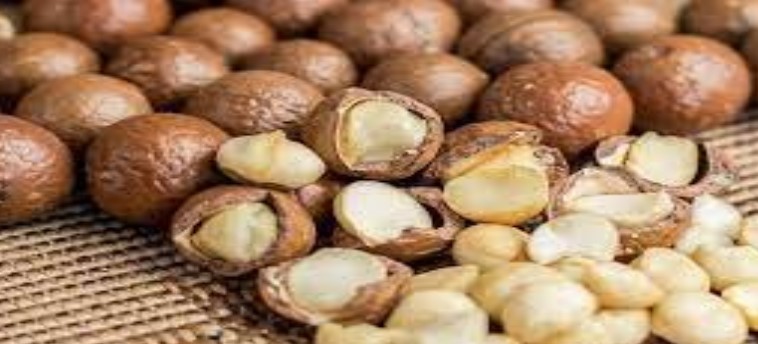After the impressive uptake of drought-resistance crops and the adoption of smart agricultural practices, Taita Taveta is not stopping in its quest for a food-secure county with its focus now shifting to the lucrative macadamia farming.
With extension support from the national government and county government, macadamia farming acreage in the county is set to increase from the current 300 hectares with a yield of 300, 000tonnes annually to 2000 hectares by the close of 2022.
“We’re working hard to see macadamia farming become another reliable and sustainable stream of income for our farmers, who are moving away from the traditional maize crop. We’ve received support in a range of areas from the national government and donor-funded organizations and with that, we aim to increase macadamia farming acreage from the current 300 hectares to 2, 000 hectares by the close of this year,” said the County Executive Committee Member in charge of Agriculture, Fisheries and Irrigation, Davis Mwangoma.
At the center of this revolution are smallholder farmers who have not only cast away the unreliable maize farming but are also taking up the macadamia challenge with seriousness.
At an event graced by national and county government officials and Food Agricultural Organization (FAO) delegation, thousands of macadamia farmers gathered to launch what would become the county’s biggest macadamia cooperative society.
“We’re taking a bold step into the future of small-scale macadamia farmers not only with the launch of this society but also in terms of the support we’ll give them. We welcome the national government, county government, NGOs, and other well-wishers to walk with us on this journey,” said Gideon Mwasingo, the vice-chair, and coordinator of the Taita Taveta Macadamia cooperative society limited.
Macadamia does not only fit the bill of a climatic adaptive crop but also has its name engraved on the list of high-value products with a potential to generate income, create job opportunities, and become a pedestal for economic growth at the grassroots.
Kenya is punching above her weight by landing the third spot in macadamia production globally with a market share of 13 percent.
In 2018, a macadamia kernel export fetched Sh1, 380 per kilogram, making it the second most lucrative agricultural export after tea. The prices keep getting better with an increased global demand for macadamia. The traditional market for Kenya’s macadamia used to be Europe, but the entry of China into the market space is a positive sign of better days ahead.
One good thing about macadamia production in Kenya is that it is buoyed by over 200,000 small-scale farmers, who are not only creating a stream of income but also creating employment opportunities for locals.
With more smallholder farmers like those in Taita Taveta joining macadamia farming, Kenya’s Agricultural and Food Authority (AFA) estimates production to hit 60,000 nuts in shell (NIS) tonnes by the end of 2022.
The increased production and the ever-expanding market opens up opportunities for Kenyans in the value-addition chain of macadamia and have the potential to diversify product and add to Kenya’s bag of exports.
With the presidential agenda on bolstering local manufacturing, several factories have been set up to add to the current 30 licensed macadamia processing plants, further creating jobs and injecting crucial revenue for the expansion and growth of local industries.
In 2020, the global market size for macadamia stood at USD 1.31 billion, with a compound annual expansion of 10.7 percent between 2021 and 2028.
Kenya, in particular, could seize the window of opportunity and become a global force to reckon with by claiming a bigger share of the macadamia market pie.
The buck now stops with AFA, the Nuts and Oil Crops Directorate (NOCD), the Kenya Bureau of Standards, and several other national government agencies that could scale macadamia production, ensure quality produce, and safeguard the interests of the smallholder farmers.
“Whatever help we can get from the top would go a long way to help these farmers. We’re in dire need of quality seedlings and a factory within the county. If we get that, the smallholder farmers will be pulled out of poverty,” said Mr Gideon Mwasingo.
Fortunately, the national government through AFA and Kenya Agricultural and Livestock Research Organization (KALRO) is already addressing the challenges of climate change, poor Good Agricultural Practices (GAP), use of poor macadamia varieties, immature harvesting, and lack of access to affordable inputs.
By Arnold Linga Masila





